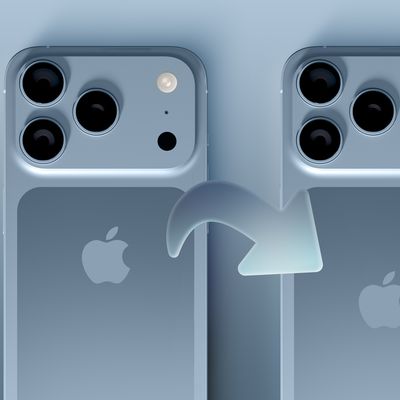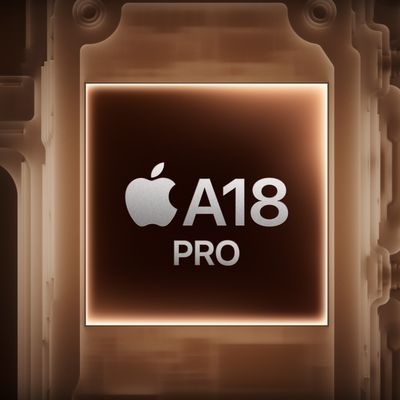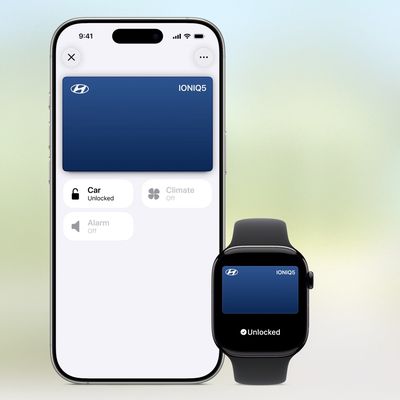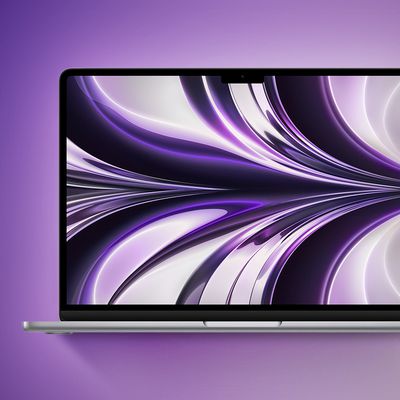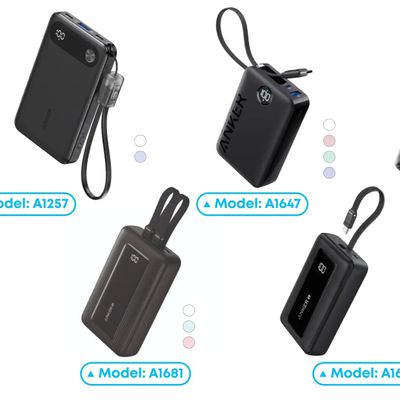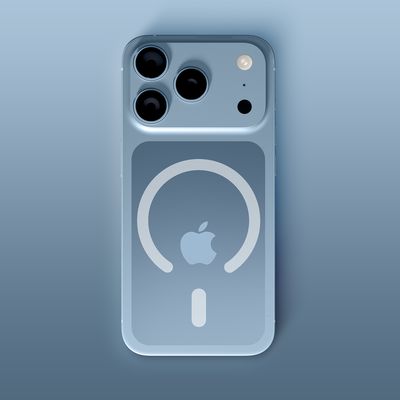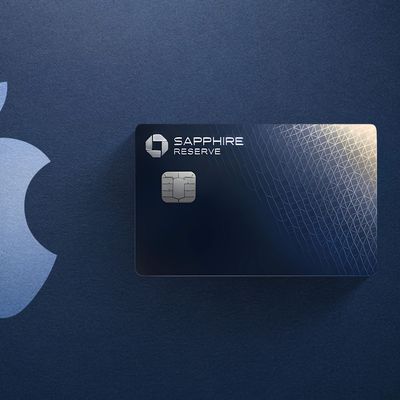OS X Lion Raises Bar on Security, But Battery Firmware Vulnerability Surfaces
 The Register reports on some of the new security improvements in OS X Lion, with researchers calling the changes a "major overhaul" that goes far beyond the minor security tweaks Apple made going from Mac OS X Leopard to Snow Leopard.
The Register reports on some of the new security improvements in OS X Lion, with researchers calling the changes a "major overhaul" that goes far beyond the minor security tweaks Apple made going from Mac OS X Leopard to Snow Leopard.
"It's a significant improvement, and the best way that I've described the level of security in Lion is that it's Windows 7, plus, plus," said Dino Dai Zovi, principal of security consultancy Trail of Bits and the coauthor of The Mac Hacker's Handbook. "I generally tell Mac users that if they care about security, they should upgrade to Lion sooner rather than later, and the same goes for Windows users, too."
In particular, the report points to such features as full support for address space layout randomization (ASLR), application sandboxing, and a revamped FileVault encryption system as being key to Lion's improved security.
"When they went from Leopard to Snow Leopard, as far as I'm concerned, there really wasn't any change," said Charlie Miller, principal research consultant at security firm Accuvant and the other coauthor of The Mac Hacker's Handbook. "They might have said there was more security and it was better, but at a low functionality level there really wasn't any difference. Now, they've made significant changes and it's going to be harder to exploit."
Miller isn't only interested in operating system and core application vulnerabilities, however, as evidenced by his recent discovery of a vulnerability in the chips that control the batteries in Apple's notebooks. That vulnerability could be exploited on a basic level to harm battery function or with additional effort to implant malware that could reinfect computers multiple times.
The batteries' chips are shipped with default passwords, such that anyone who discovers that password and learns to control the chips' firmware can potentially hijack them to do anything the hacker wants. That includes permanently ruining batteries at will, and may enable nastier tricks like implanting them with hidden malware that infects the computer no matter how many times software is reinstalled or even potentially causing the batteries to heat up, catch fire or explode. "These batteries just aren't designed with the idea that people will mess with them," Miller says. "What I'm showing is that it's possible to use them to do something really bad."
Miller plans to officially announce his discoveries at next month's Black Hat conference, and he will also be releasing a new "Caulkgun" tool to allow Mac notebook users to change their batteries' default passwords to randomized strings. That move would help keep hackers out of the batteries, but also prevent Apple from issuing its own upgrades and fixes for the battery firmware. Miller has also been in touch with Apple and Texas Instruments regarding the vulnerability.
Popular Stories
Apple's next-generation iPhone 17 Pro and iPhone 17 Pro Max are less than three months away, and there are plenty of rumors about the devices.
Apple is expected to launch the iPhone 17, iPhone 17 Air, iPhone 17 Pro, and iPhone 17 Pro Max in September this year.
Below, we recap key changes rumored for the iPhone 17 Pro models:Aluminum frame: iPhone 17 Pro models are rumored to have an...
Apple is developing a MacBook with the A18 Pro chip, according to findings in backend code uncovered by MacRumors.
Earlier today, Apple analyst Ming-Chi Kuo reported that Apple is planning to launch a low-cost MacBook powered by an iPhone chip. The machine is expected to feature a 13-inch display, the A18 Pro chip, and color options that include silver, blue, pink, and yellow.
MacRumors...
In 2020, Apple added a digital car key feature to its Wallet app, allowing users to lock, unlock, and start a compatible vehicle with an iPhone or Apple Watch. The feature is currently offered by select automakers, including Audi, BMW, Hyundai, Kia, Genesis, Mercedes-Benz, Volvo, and a handful of others, and it is set to expand further.
During its WWDC 2025 keynote, Apple said that 13...
Apple hasn't updated the AirPods Pro since 2022, and the earbuds are due for a refresh. We're counting on a new model this year, and we've seen several hints of new AirPods tucked away in Apple's code. Rumors suggest that Apple has some exciting new features planned that will make it worthwhile to upgrade to the latest model.
Subscribe to the MacRumors YouTube channel for more videos.
Heal...
Apple is planning to launch a low-cost MacBook powered by an iPhone chip, according to Apple analyst Ming-Chi Kuo.
In an article published on X, Kuo explained that the device will feature a 13-inch display and the A18 Pro chip, making it the first Mac powered by an iPhone chip. The A18 Pro chip debuted in the iPhone 16 Pro last year. To date, all Apple silicon Macs have contained M-series...
Popular accessory maker Anker this month launched two separate recalls for its power banks, some of which may be a fire risk.
The first recall affects Anker PowerCore 10000 Power Banks sold between June 1, 2016 and December 31, 2022 in the United States. Anker says that these power banks have a "potential issue" with the battery inside, which can lead to overheating, melting of plastic...
The upcoming iPhone 17 Pro and iPhone 17 Pro Max are rumored to have a slightly different MagSafe magnet layout compared to existing iPhone models, and a leaked photo has offered a closer look at the supposed new design.
The leaker Majin Bu today shared a photo of alleged MagSafe magnet arrays for third-party iPhone 17 Pro cases. On existing iPhone models with MagSafe, the magnets form a...
Chase this week announced a series of new perks for its premium Sapphire Reserve credit card, and one of them is for a pair of Apple services.
Specifically, the credit card now offers complimentary annual subscriptions to Apple TV+ and Apple Music, a value of up to $250 per year.
If you are already paying for Apple TV+ and/or Apple Music directly through Apple, those subscriptions will...
![]() The Register reports on some of the new security improvements in OS X Lion, with researchers calling the changes a "major overhaul" that goes far beyond the minor security tweaks Apple made going from Mac OS X Leopard to Snow Leopard.
The Register reports on some of the new security improvements in OS X Lion, with researchers calling the changes a "major overhaul" that goes far beyond the minor security tweaks Apple made going from Mac OS X Leopard to Snow Leopard.

